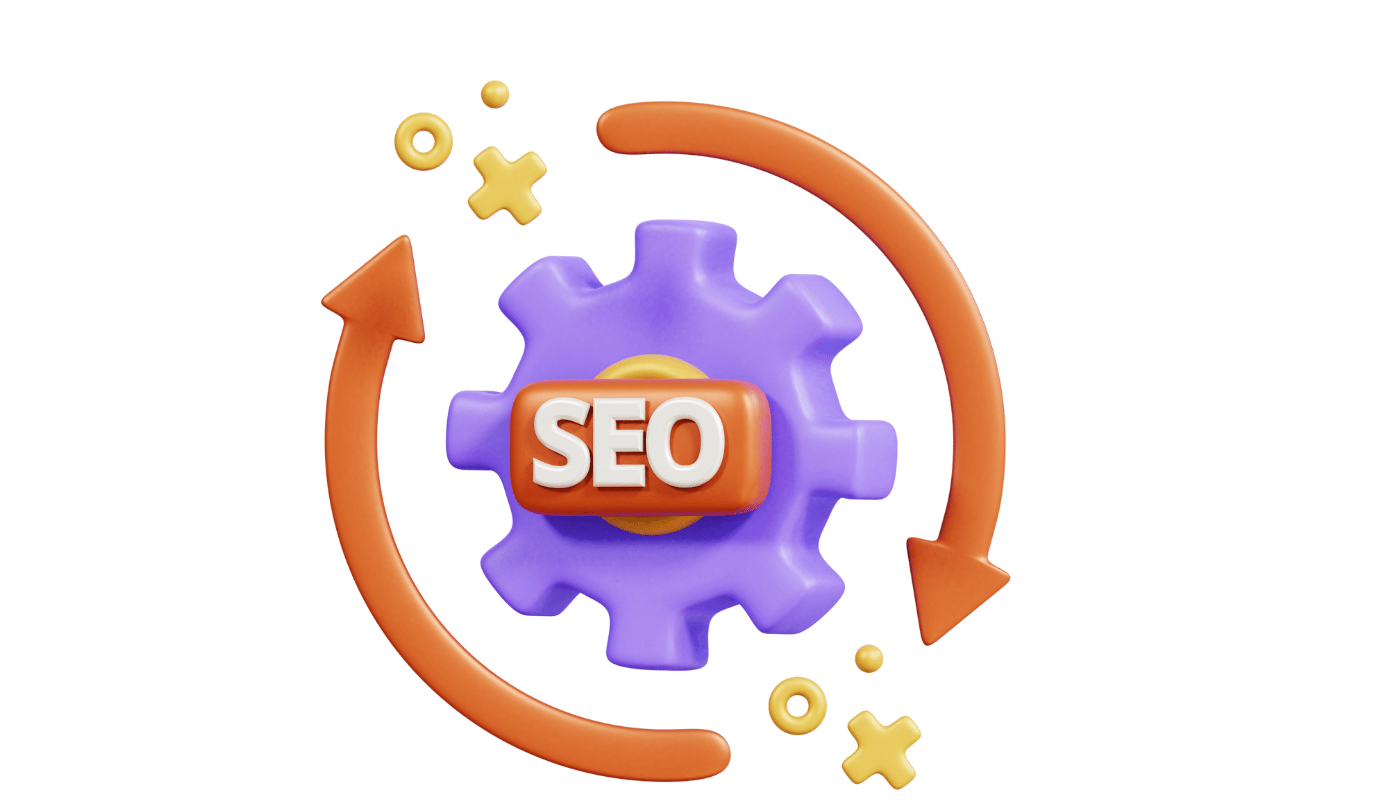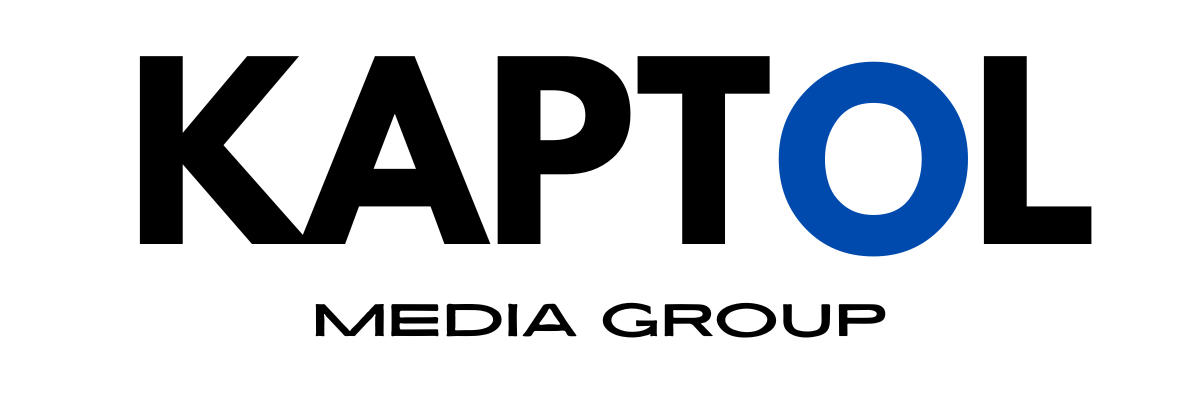Why is Website Design Important?
Why is Website Design Important?

The importance of website design cannot be overstated.
A well-designed website serves as the foundation of your online presence and influences how your audience perceives your brand. In today’s digital age, where websites are often the first interaction potential customers have with a business, the impact of design on a company’s success is undeniable.
Let’s delve into the various reasons why website design is crucial and how it contributes to your online success.
1. First Impressions Matter
Your website is often the initial point of contact between your business and potential customers.
Studies show that users form an opinion about a website within 50 milliseconds.
This instantaneous judgment is based largely on visual appeal and design.
- Clean and Modern Design: A clean, modern design reflects professionalism and credibility. It tells visitors that you are serious about your business and that they can trust your brand. Conversely, a cluttered or outdated design can drive visitors away, leaving a negative impression of your business.
- Emotional Impact: Colours, typography, and imagery evoke emotions. For instance, warm colours can create a sense of urgency, while cool colours often convey calmness and trustworthiness. A well-thought-out design taps into these emotional triggers to engage visitors effectively.
- Bounce Rates: First impressions directly affect bounce rates. If visitors perceive your site as unattractive or difficult to navigate, they are likely to leave immediately, reducing the chances of conversion.
2. User Experience (UX)
Good design goes beyond aesthetics; it prioritises functionality and user experience.
A website that is easy to navigate, loads quickly, and provides valuable information keeps visitors engaged and encourages them to interact further.
- Ease of Navigation: Visitors should find it effortless to navigate through your website. A logical menu structure, clear labels, and intuitive layouts ensure users can access the information they need without frustration.
- Fast Loading Times: Speed matters. Research indicates that 40% of users abandon a site if it takes more than three seconds to load. Optimising images, leveraging caching, and using content delivery networks (CDNs) can enhance speed and keep visitors on your site.
- Mobile Responsiveness: With over 50% of web traffic coming from mobile devices, responsive design is non-negotiable. A website must adapt seamlessly to different screen sizes and resolutions to provide a consistent experience.
- Accessibility: Inclusive design ensures that your website is usable by everyone, including individuals with disabilities. Features like alt text for images, keyboard navigation, and screen reader compatibility contribute to a positive experience for all users.
3. Brand Identity
Your website is a digital representation of your brand.
It communicates who you are, what you stand for, and what you offer.
Consistent branding across your website helps establish trust and recognition among your audience.
- Colour Palette: The colours you choose should align with your brand identity. For example, blue often represents trust and professionalism, while red conveys energy and passion. Consistent use of colours across your site reinforces your brand’s personality.
- Typography: Fonts play a critical role in setting the tone of your website. A clean, readable font for body text paired with a distinctive headline font creates a professional appearance.
- Imagery and Graphics: High-quality images, custom illustrations, and videos enhance your website’s visual appeal. They should be aligned with your brand’s style and message.
- Logo Placement: Your logo should be prominently displayed, typically in the top-left corner of the site. This placement aligns with user expectations and reinforces brand recognition.

4. SEO and Visibility
A well-designed website is a cornerstone of successful search engine optimisation (SEO).
Search engines prioritize user-friendly, fast-loading, and mobile-responsive websites.
- Proper Structure: A clear and organised website structure helps search engines crawl and index your site effectively. Proper use of headers (H1, H2, etc.), sitemaps, and logical page hierarchies improves your chances of ranking higher in search results.
- Optimised Content: High-quality, keyword-rich content that provides value to users not only improves SEO but also enhances user engagement. Meta descriptions, title tags, and alt text for images further optimise your content for search engines.
- Mobile-First Indexing: Google and other search engines prioritise mobile-friendly websites in their rankings. Ensuring that your site is mobile-responsive is critical to maintaining and improving your visibility.
- Fast Loading Times: As part of their ranking algorithms, search engines consider page speed. Slow websites are penalized, so optimising load times is essential for better visibility.
5. Conversion Rates
The ultimate goal of most websites is to convert visitors into customers, subscribers, or followers. A thoughtfully designed website significantly impacts conversion rates by guiding users through a smooth and intuitive journey.
- Clear Calls to Action (CTAs): Strategic placement of CTAs encourages users to take desired actions, such as signing up for a newsletter, downloading a guide, or making a purchase. CTAs should be visually distinct and action-oriented (e.g., “Get Started” or “Learn More”).
- Minimal Distractions: Removing unnecessary elements and focusing on the essentials helps users concentrate on the desired action. For example, reducing clutter on a product page can lead to higher purchase rates.
- Trust Signals: Elements such as customer reviews, testimonials, certifications, and secure payment icons build trust and reassure visitors that your site is reliable.
- User-Friendly Forms: Forms should be easy to fill out, with clear instructions and minimal required fields. Streamlined forms reduce friction and improve conversion rates.
6. Competitive Advantage
In a crowded digital marketplace, a well-designed website can set you apart from competitors.
It provides an opportunity to showcase your unique value proposition and create a memorable impression.
- Differentiation: A custom-designed website tailored to your brand’s needs and goals helps you stand out from competitors using generic templates.
- Innovative Features: Incorporating innovative features such as interactive elements, animations, or advanced search functionalities can make your site more engaging and memorable.
- Customer-Centric Design: Understanding your audience’s preferences and designing a website that caters to their needs gives you a significant edge.

7. Adaptability to Trends and Technology
Website design is not static.
Staying current with trends and technological advancements ensures that your site remains relevant and competitive.
- AI and Chatbots: Integrating AI-powered tools like chatbots enhances user experience by providing instant support and answering common queries.
- Voice Search Optimisation: As voice search becomes more prevalent, optimising your website for voice queries can improve accessibility and search rankings.
- Sustainability: Eco-friendly design practices, such as energy-efficient hosting and minimal resource usage, appeal to environmentally conscious users.
- Dark Mode: Offering a dark mode option caters to user preferences and enhances readability in low-light environments.
Website design is a vital component of online success.
It influences first impressions, enhances user experience, reinforces brand identity, improves SEO, drives conversions, provides a competitive edge, and adapts to technological advancements.
Investing in thoughtful, user-centric design pays dividends by attracting and retaining customers, boosting your brand’s credibility, and achieving your business goals.
Whether you’re creating a new website or revamping an existing one, prioritizing design will ensure you stand out in the ever-evolving digital landscape.







SIGN UP FOR OUR NEWSLETTER
We will get back to you as soon as possible
Please try again later


